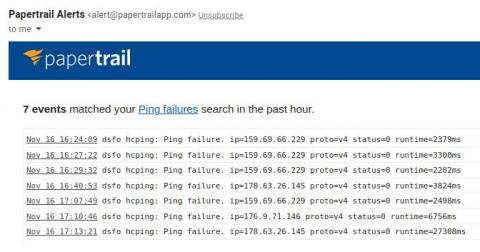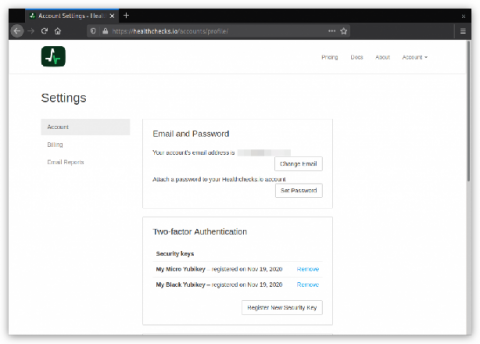Healthchecks.io Hosting, Questions and Answers
The article Healthchecks.io Hosting Setup, 2022 Edition was recently on Hacker News. I was answering questions in the comments section. Here’s a recap of some of the questions and my answers. I’ve edited some of the questions for clarity.









